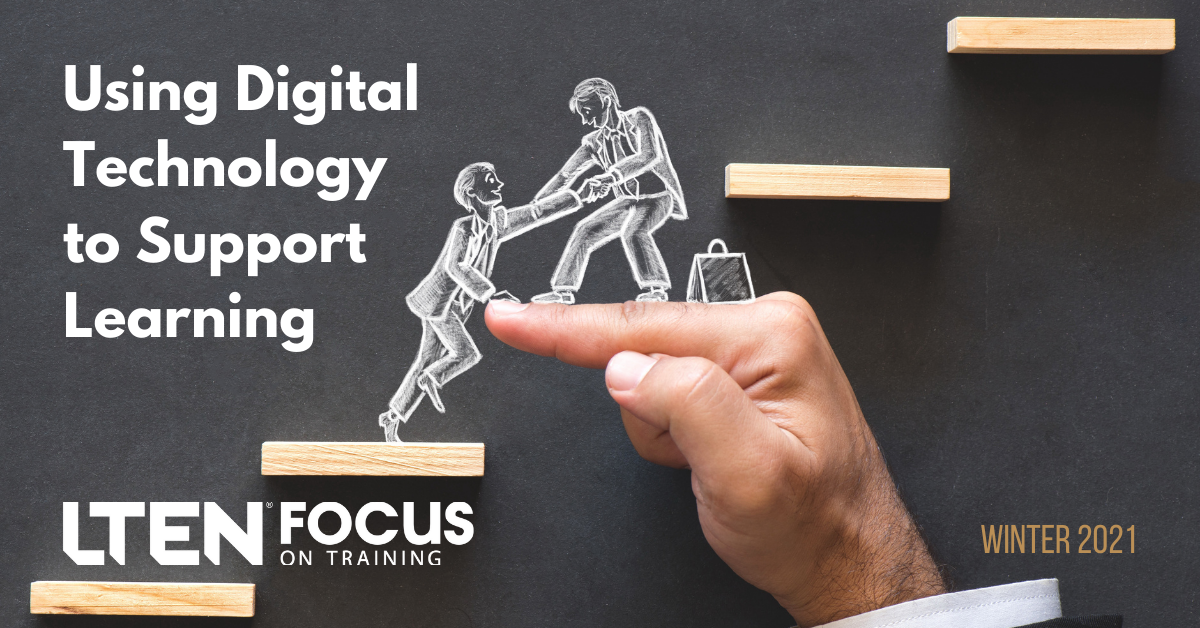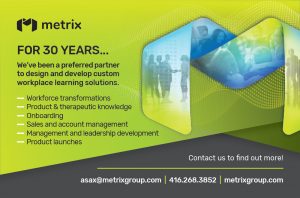
Using Digital Technology to Support Learning
TECHNOLOGY – By Grahame Broadbelt
Technology is driving the arrival of what some call the Fourth Industrial Age. This is the notion that we are moving through the Digital Age into a new age, where a wide range of new technologies are combining at unprecedented speed — creating disruption and opportunity in equal measure.
Given the nature of exponential change, the future has never been more difficult to predict. It is arriving more quickly than our organizations, institutions and governments can adapt.
 As technology accelerates away, we are collectively in danger of being left behind because we cannot adapt quickly enough. We often characterize this situation as confronting a VUCA world (volatile, uncertain, complex and ambiguous).
As technology accelerates away, we are collectively in danger of being left behind because we cannot adapt quickly enough. We often characterize this situation as confronting a VUCA world (volatile, uncertain, complex and ambiguous).
The arrival and rapid development and sophistication of digital technologies has provoked lots of new thinking and new practice in organizational learning.
We believe that there are four important perspectives that will help all those trying to design learning ecosystems in a VUCA environment.
These are captured in four phrases:
- Learning is the work.
- Let the learning lead.
- Context not content.
- Process not platform.
From Learning to Work to Becoming the Work
As we move into the Fourth Industrial Age, the pace at which we need to learn is increasing. In these conditions, we can no longer afford to separate knowledge transfer from learning transfer. In other words, we need to be able to use new knowledge directly and immediately.
In this context, the separation of learning about the work from doing the work is breaking down. We are moving rapidly away from standardized work where efficiency and compliance were key success factors toward non-standardized, emergent, contingent work.
We might characterize this shift as moving from mobilizing/organizing labor to leading creative talent. It is a shift from hierarchy to networks where learning is much more socially constructed, tested and applied through a mesh of relationships, collaborations and connections. We need to deploy digital technologies to support the process of integrating and connecting learning with work.
Let the Learning Lead
The arrival of new (and emerging) technologies has provided a huge range of tools, approaches, possibilities and jargon. The marketplace is struggling to respond to waves of innovation, hype and complexity.
Many L&D and HR professionals are struggling to make effective strategic decisions on investment in technology — given the rapidly shifting landscape. Our view has always been that we must never be led by tools, techniques or fads (mobile phones, algorithms or VR goggles). We must be led by the learning need and design from there.
We should use technology (and anything else that we might regard as relevant) to support the delivery of learning experiences relevant to the work employees are doing now and need to do in the future.
The more sophisticated the learning, the more sophisticated the learning design needs to be.
Context Not Content
The merging of learning, work and the exponential pace of change means that we are increasingly dependent on implicit or tacit knowledge to perform. Explicit knowledge and information is everywhere via Google search. The crucial performance issue is how we apply and use that knowledge effectively.
In our view, creating huge libraries of learning content creates different channels to access knowledge. This runs the risk of completely failing to address the issue of learning transfer — of the ability to apply learning to context.
It is the context that is important, not the learning content. The context includes the nature of the work, the nature of the learner and the social/relational/network context that both exist within.
Process Not Platform
Digital technologies haven’t changed the way people learn, they have just provided an additional range of tools to help us learn. What remains true is that any intentional learning process needs to be designed.
In the rush to provide digital platforms, we seem to have forgotten the role of pedagogy, learning theory and practice and high-quality design. Learning resources need to include learning processes, not just flat or static content that is the digital equivalent of the slideshow.
Computers can do much more than project words/pictures/movies onto a screen. The more sophisticated the learning, the more sophisticated the learning design needs to be.
We see all too often a one-size-fits-all approach to digital learning. It doesn’t work. When our methods are agile, they are designed to allow the learning (and the employee) to lead and adjust and flex depending on the needs.
Grahame Broadbelt is global head of communication and R&D at Impact. Email Grahame at grahame.broadbelt@impactinternational.com.









